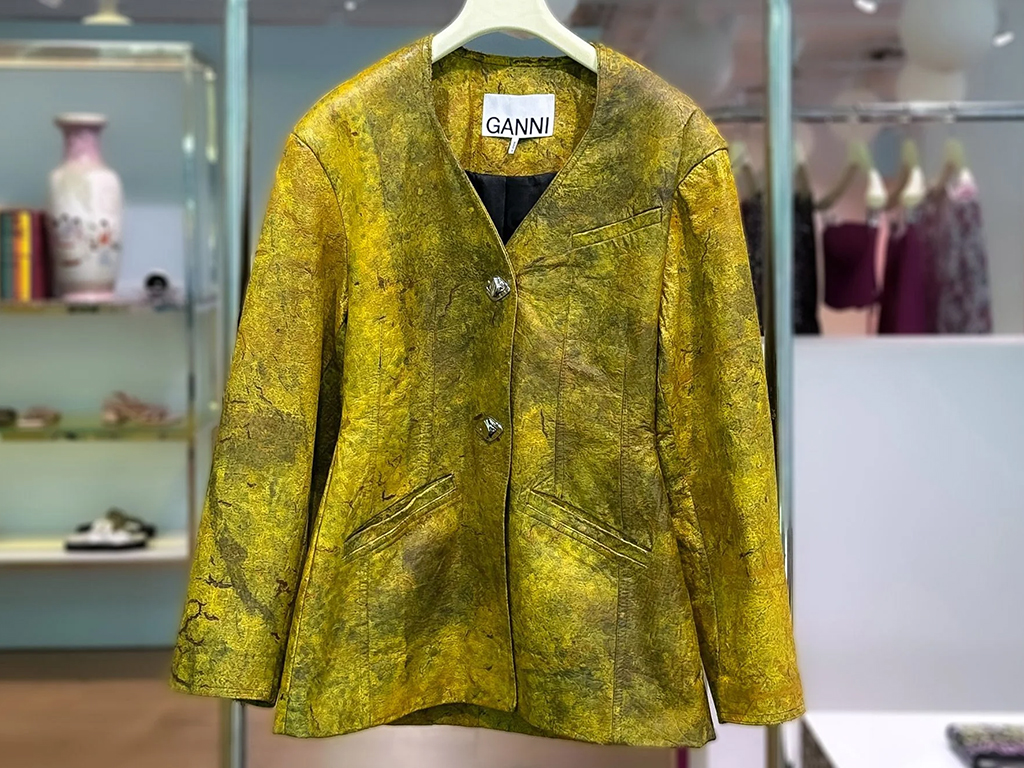
Inga biodegradable polyester made with methane from captured CO2
Inga Plastics are developing a polyhydroxyalkanoates (PHA), a type of biodegradable polyester, that uses captured CO2 as feedstock. The pilot project used carbon dioxide from a waste incineration plant in Riihimaki, Finland. Here they proved their carbon capture technology, which together with hydrogen is used to produce the intermediate product, methane. Image Inga Plastics.

































































































